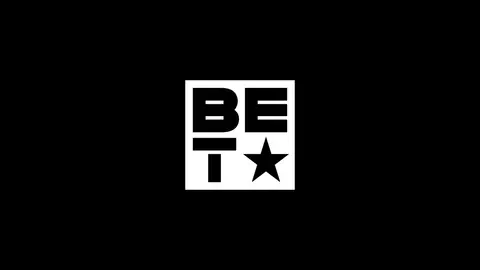Do You Really Know What You’re Eating?

Diets can be hard to maintain. You know the routine: You start a new program and you’re gung-ho for a while, you lose a little weight, then eat that extra piece of cake, and the next thing you know, your diet has fallen by the wayside. Many times you may not realize that simply reading food labels and adhering to serving sizes when you eat or make purchases is all you need to do to lose those extra pounds.
One study looked at the number of Americans who read food labels before they bought groceries as well as which parts of the label they paid most attention to. Around 62 percent of the volunteers reported checking out the Nutrition Facts panel in general, 52 percent read the ingredients, 47 percent looked at serving size, and 44 percent read the label’s health proclamations before they made a decision on which to purchase.
When the diets of the participants who read the label were compared to the participants who didn't, the diets of the label readers were significantly lower in calories, sodium, saturated fat and sugar. Food manufacturers can be sneaky, bending the truth when it comes to nutritional facts. But, hey, if they were honest, you probably wouldn't eat half of the things you eat, and that's bad for business.
The only way to make sure that you're really eating healthy is to read the food labels—but first you have to know what to look for:
—Check out the calorie count, sodium, sugar, saturated fat and the serving size. Be careful because many packages that we think are single servings actually have more, so make sure to compare the serving size to the servings per package for some insight. If you eat more than one serving, you may be doubling or tripling all the bad stuff too.
—“All natural” and “organic” don’t necessarily mean the food is more nutritious than non-organic foods. Sure, the United States Department of Agriculture's organic certification program says all foods and drinks that call themselves organic have to follow certain rules in terms of the way the food is produced, but when it comes to the actual nutrition, it's up to the company.
—Read the first three ingredients and the calories per serving, that's where you'll find the truth. The ingredients go in order of which content is the highest. If sugar is the first one then the product is mostly sugar. If the food claims to whole grain, but it's listed as the final ingredient, put it down and walk away—it's probably not worth it.
(Photo:Monika Graff/Landov)




